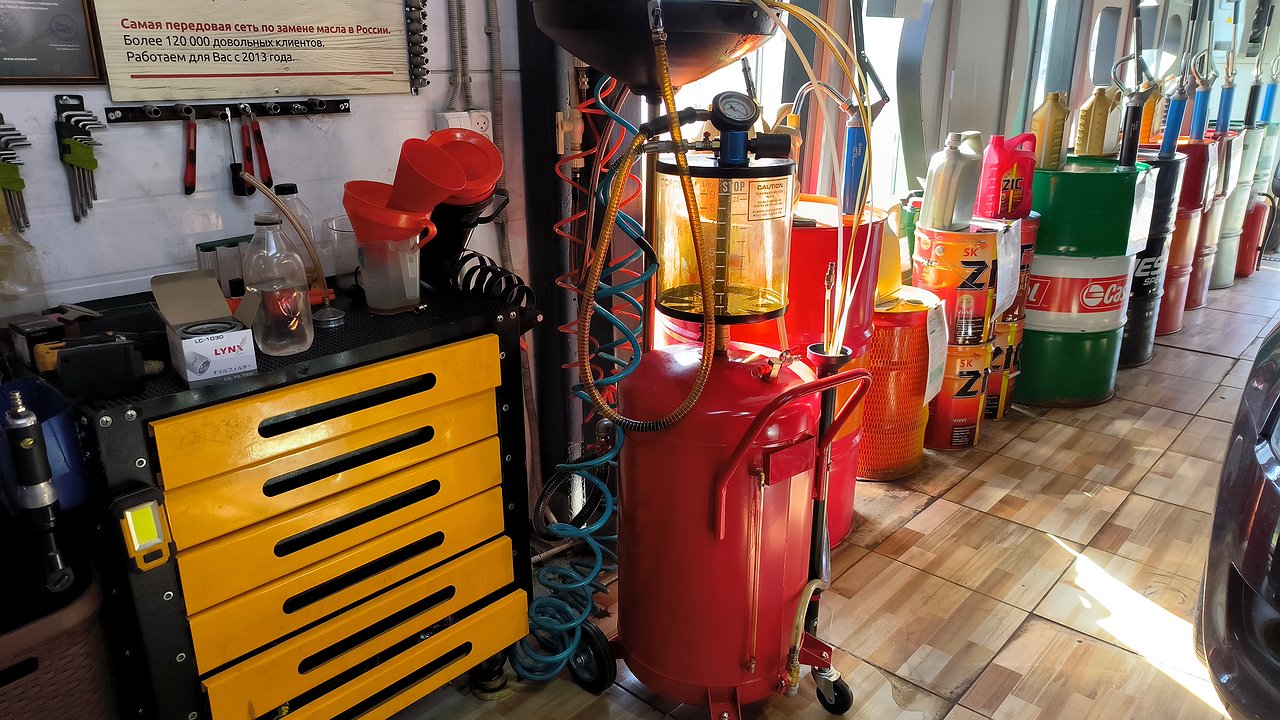And “filter particles”, which enter the combustion chamber along with the oil, will inevitably cause coking of everything and everyone there. The result is that major repairs are needed quickly.
It happens that a dark sediment is found at the bottom of the can. He’s the very, very “tough one.” These are fine particles of one of the catalysts used in the manufacture of lubricants. In theory, special filters are needed at refineries to ‘catch’ them. But if “something goes wrong” there, such an abrasive, getting into the engine cylinders, “kills” all the friction pairs in them in the shortest possible time.
There is a fairly large group of car owners who prefer to change the engine oil “from the barrel” at a gas station. And for owners of cars under warranty, this fate is inevitable. Now imagine that the sediment has not fallen to the bottom of a 4 liter can, but from a 200 liter drum. It will not be possible to detect it visually by looking into the neck of this beautiful vessel: it is too dark there. And what kind of “gift” will be given to the engines of the cars that receive the branded oil from below? Sudden death. And the car owner of the unfortunate vehicle will then be tortured to prove that the dealer himself poured poor quality lubricant into his car.
So for someone who plans to change the oil in a car engine, it makes sense (for his own peace of mind!) not to use a “barrel” product, but to prefer a product packaged in cans. And before pouring it into the engine, it is better not to be lazy and look into the bottle with lubricant to clarify: is there a telltale sediment there?














